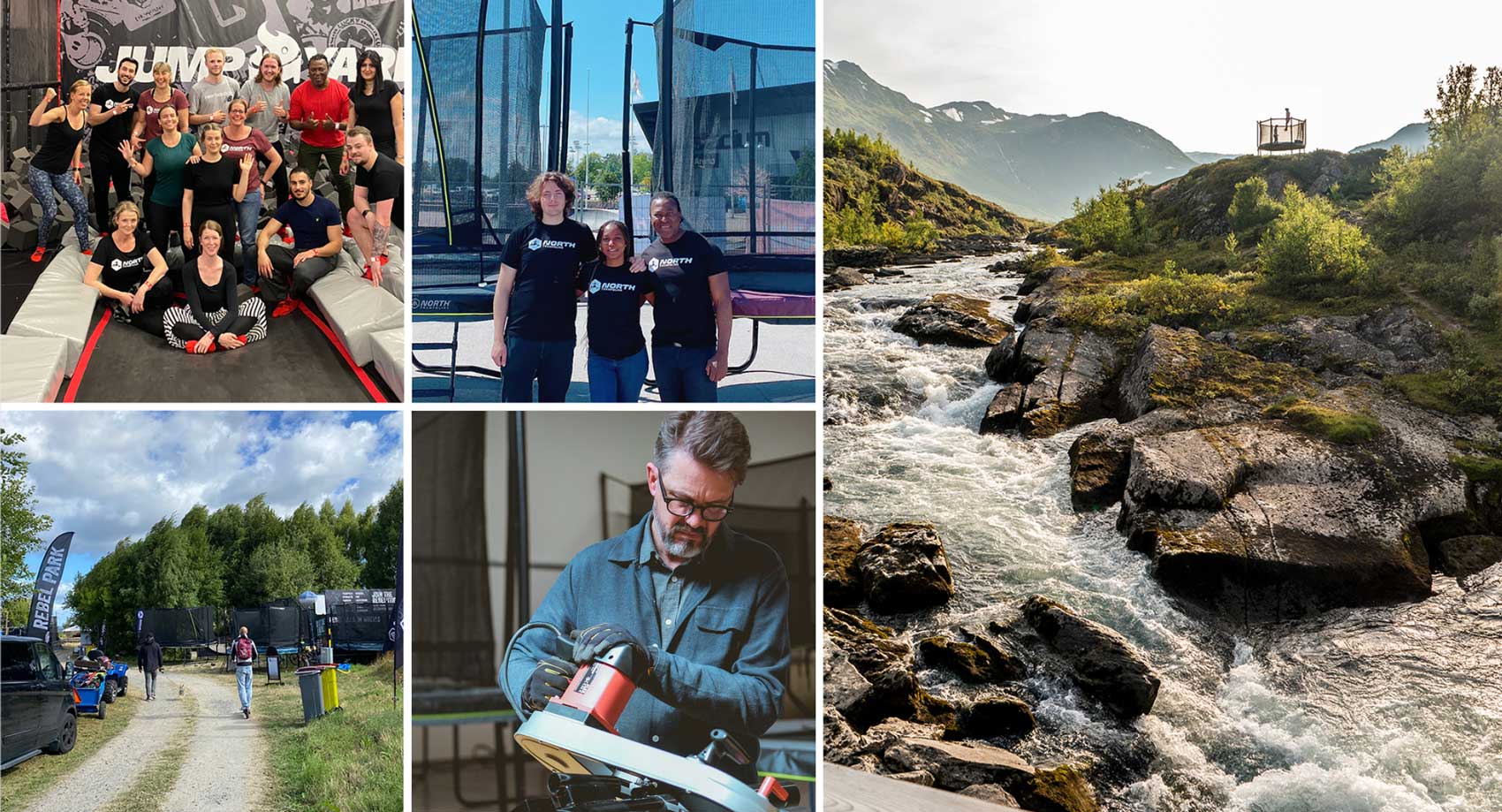The problem of water collecting in the hole and creating a pond cannot be ignored but really isn't as big an issue as is often made out. If you have porous, sandy soil, then you probably won't need any drainage.
If you're in any doubt, then it's best as a minimum, to put in a soak-away at the bottom of the hole. If you're really concerned, then ask a drainage expert.
Drainage can be sorted out after the trampoline has been installed. All you'll need to do is take the jump mat off (10 minutes work) to access the hole again. So our advice is to use some common sense, don't spend a fortune on drainage upfront. inspect the hole after it's rained a lot.



